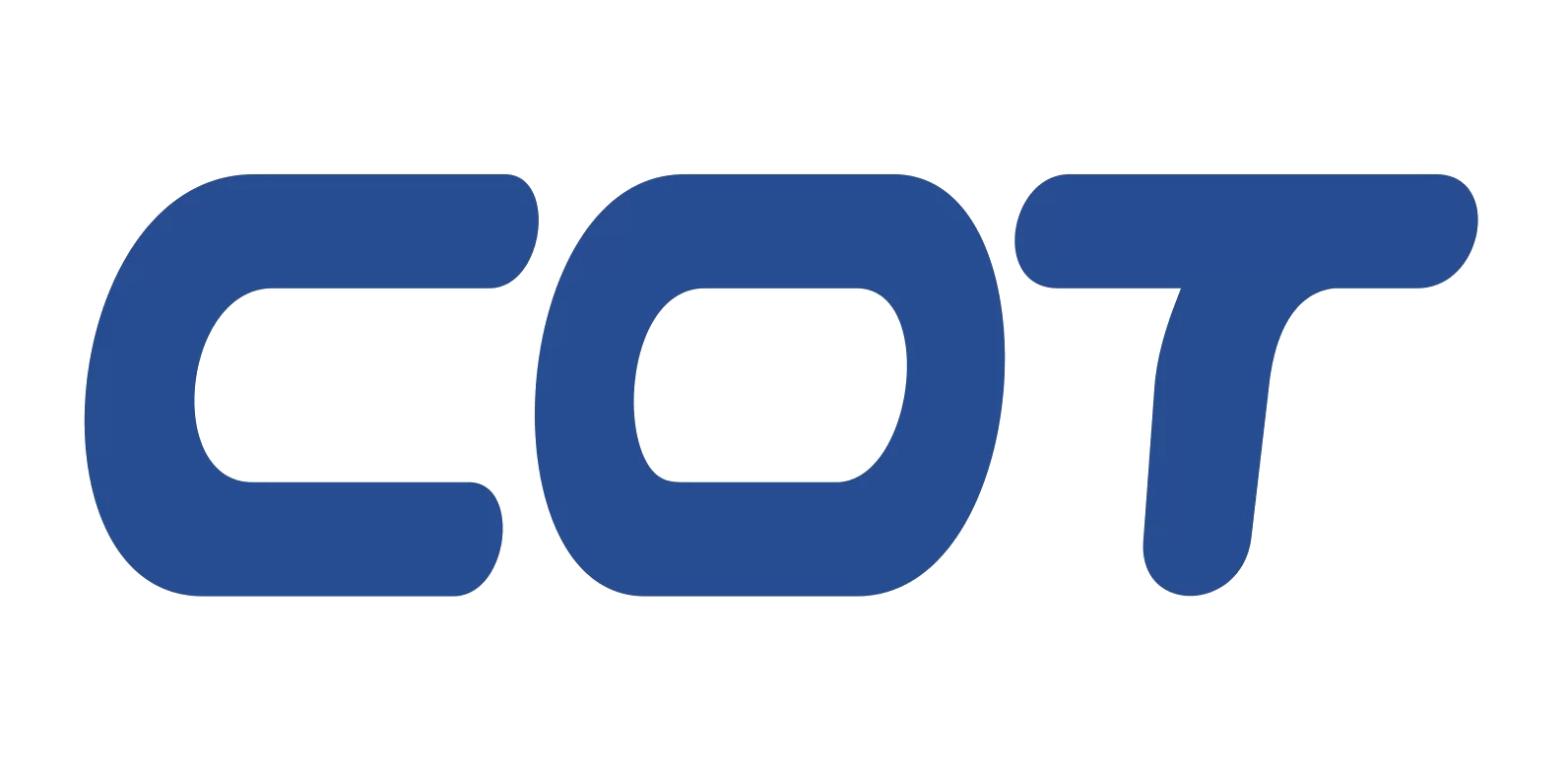Serial Number | Model | Resistance(mΩ) | TCR(ppm/℃) | Accuracy(%) | Encapsulation |
1 | 1206ML10FR005 | 5 | ±50 | ±1 | 1206 |
2 | 1206ML10FR007 | 7 | ±50 | ±1 | 1206 |
3 | 1206ML10FR010 | 10 | ±50 | ±1 | 1206 |
4 | 0805ML05FR005 | 5 | ±75 | ±1 | 0805 |
CSR Typical Application - Adapter
In the adapter, CSR can be used to monitor the output current to ensure that it does not exceed the maximum current carrying capacity of the device, thereby protecting the device from overcurrent damage. In addition, CSR can also be used to achieve multi-phase load balancing by monitoring the current on each line and making real-time responses to ensure stable power output.
When designing adapters, engineers will choose the appropriate current sensing resistor based on the required current monitoring accuracy and specific requirements of the circuit. These resistors typically have lower resistance values to reduce power loss while providing sufficient voltage drop for easy detection. High precision current sensing resistors can ensure the accuracy of current monitoring, while low TCR helps maintain this accuracy at different temperatures
- current monitoring
- Overcurrent protection
- Load Balancing
- Size and packaging
- Accuracy and stability
- Power Handling Capability
The typical application of CSR in the adapter field is very extensive
Mobile phone charger:
Monitor the charging current to ensure the safety of the battery during the charging process.
Implement fast charging function by adjusting the current to accelerate the charging speed.
Provide overcurrent protection to prevent damage to the battery or charger due to excessive charging current.
PD charger:
Support charging needs for multiple devices and power levels, and monitor and control current through CSR.
Implement intelligent power allocation to ensure that devices receive appropriate current during different charging stages.
Cooperate with USB-PD protocol to achieve efficient energy transfer between devices.
Car charger:
In the vehicle power system, monitor and control the current of charging equipment to ensure the safety of the vehicle electrical system.
Adapt to power fluctuations during vehicle start-up, operation, and stopping processes.
Provide overcurrent and short-circuit protection to prevent damage to the vehicle's electrical system or charging equipment.
How does CSR achieve foreign object detection in wireless chargers?
Resonant cavity Q value detection: When the wireless charger is working, the Q value of its resonant cavity will decrease due to the presence of metal foreign objects. By measuring the Q value and comparing it with a preset threshold, it can be determined whether there is a foreign object present. If the Q value is below the threshold, it indicates the presence of metallic foreign objects, and the charger will stop charging to prevent overheating and potential damage. Resonance frequency detection: The presence of foreign objects can also affect the resonance frequency. By measuring the resonant frequency and comparing it with a preset threshold, it is also possible to determine whether there is a foreign object. If the frequency offset exceeds the threshold, it indicates the presence of foreign objects. Power loss detection: During power transmission, if the power loss detected by the system exceeds the preset threshold, it may indicate that some energy has been absorbed by metal foreign objects. By monitoring power loss, the charger can stop charging when foreign objects are detected.
What factors should be considered when selecting a current sensing resistor?
Including resistance, accuracy, temperature coefficient (TCR), power processing capability, and size. For example, the current sensing resistors provided by Delta have the characteristics of small size, high precision, and low temperature coefficient. The resistance range is from 0.2M Ω to 10 Ω, and the rated power also varies
Generic Application
- CSR is used to improve energy efficiency and power management across all types of adapters. By precise current monitoring and optimizing the thermal design of the adapter, the product life can be extended. Support the miniaturization design of adapters while maintaining high performance and reliability.
What are the considerations for CSR in design?
Factors to consider during design include resistance value, power rating, temperature coefficient, packaging size, and cost. Low resistance values can reduce power loss, but may require more precise amplifiers. In addition, resistors with low temperature coefficients can provide more stable measurements, but the cost may be higher.
What are the possible problems that CSR may encounter in practical applications?
Possible problems encountered in practical applications include the influence of parasitic resistance, errors caused by PCB layout, and changes in resistance values due to environmental temperature fluctuations. To reduce these effects, Kelvin connections (four terminal connections) can be used to minimize the impact of parasitic resistance, and the performance of the signal chain can be optimized through carefully designed PCB layouts.

